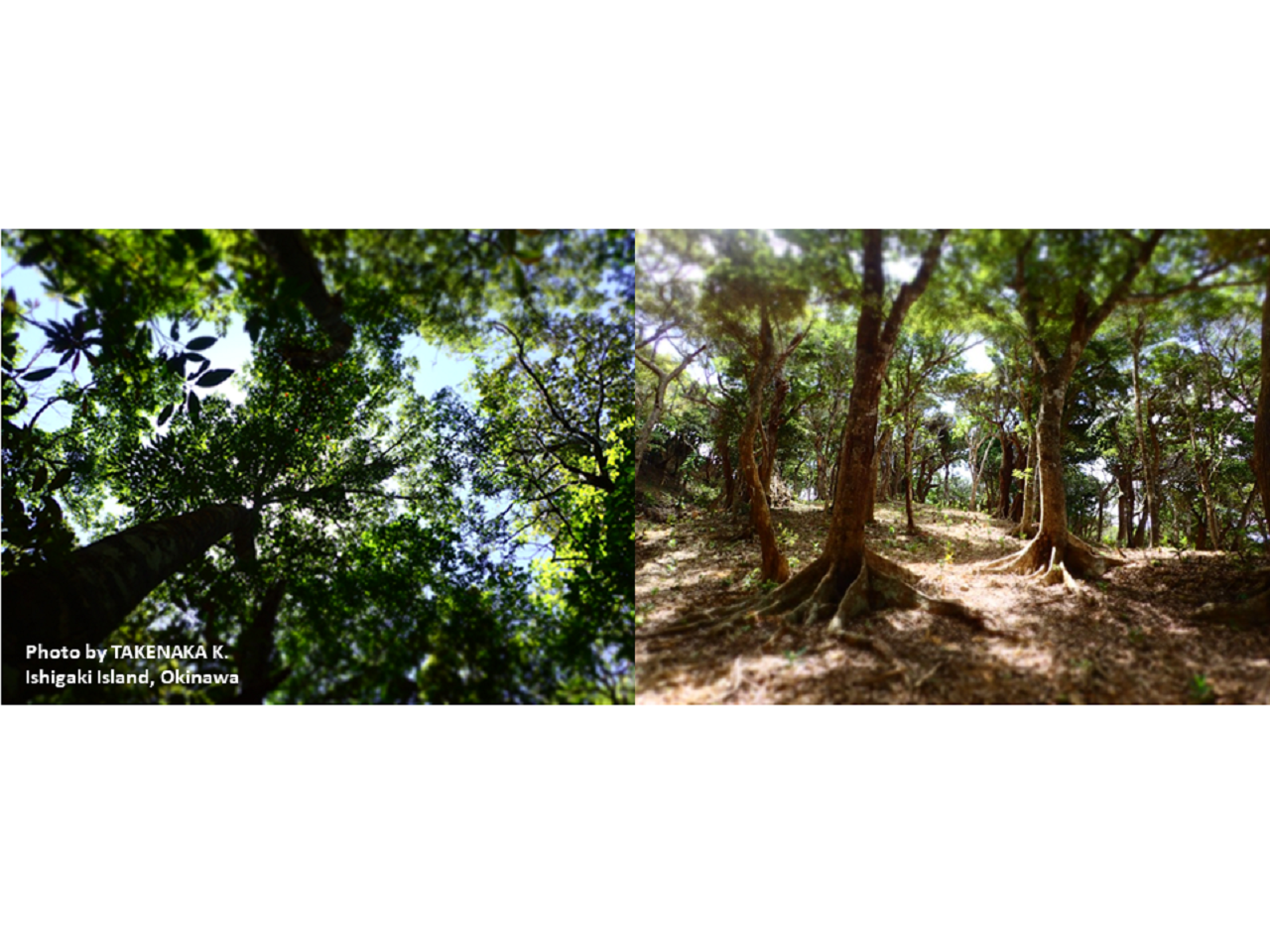Pick Up
496. UN International Day of Forests and the Forest Utilization in Tropical Islands

“Forests are the lungs of our land, purifying the air and giving fresh strength to our people.” This is a quotation from Franklin D. Roosevelt (1882–1945), the 32nd President of the United States. The importance of forests has already been recognized worldwide, but at the same time, 178 million hectares of forests have been lost since 1990[1].
March 21, International Day of Forests [2], was proclaimed by the United Nations General Assembly in 2012. This day is set aside to raise awareness among people and society about the importance of forests of all kinds. And every year on this day, many countries have been conducting activities to increase their involvement in forests and trees, such as tree-planting campaigns. The theme for 2022 is "Forests and sustainable production and consumption.”
Forests not only produce timber, but also serve socially beneficial functions such as water and soil conservation and climate change mitigation, and are important places of livelihood for local residents who produce non-timber forest products (NTFPs) such as fruits and mushrooms. In the JIRCAS research project "Development and evaluation of environmental conservation technologies for tropical islands through an approach emphasizing Yama-Sato-Umi connectivity,"[3] which started in 2021, we recognize the importance of achieving a balance between maintaining the livelihoods of small-scale farmers and improving water and soil conservation functions in mountainous areas where forests exist, in order to use resources sustainably.
On tropical islands, because the land is limited, environmental resources such as Satoyama, homestead woodlands, and shelterbelts are also important as forests. In addition, it is important to quickly restore the functions of forests by afforestation activities in mountainous areas where their socially-beneficial functions have declined. We also expect that the forest environment of these various tree vegetations can become a production base for NTFPs such as mushrooms and tropical fruit trees. We believe that there may be a hint in the Satoyama management method, which has been the basis of rural life in Japanese villages since ancient times. We will strive to develop technologies that can be adapted to tropical island environments by utilizing our knowledge of forest utilization in other tropical countries.
References
[1] FAO (2020) Global Forest Resources Assessment 2020: Main report (English). Rome. https://doi.org/10.4060/ca9825en
[2] FAO. Website “International Day of Forests”. https://www.fao.org/international-day-of-forests/en/
[3] JIRCAS Website. "Yama-Sato-Umi agroecosystem connectivity" Development and evaluation of environmental conservation technologies for tropical islands through an approach emphasizing Yama-Sato-Umi (Ridge-to-reef agroecosystem) connectivity. https://www.jircas.go.jp/en/program/proa/a5
Contributor: TAKENAKA Koichi (Rural Development Division)
